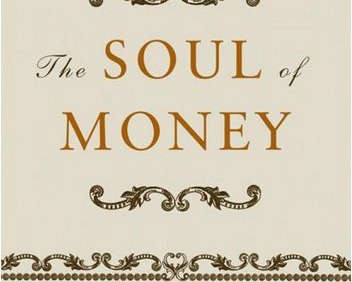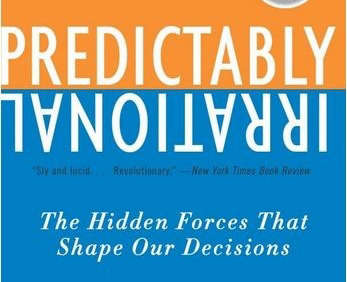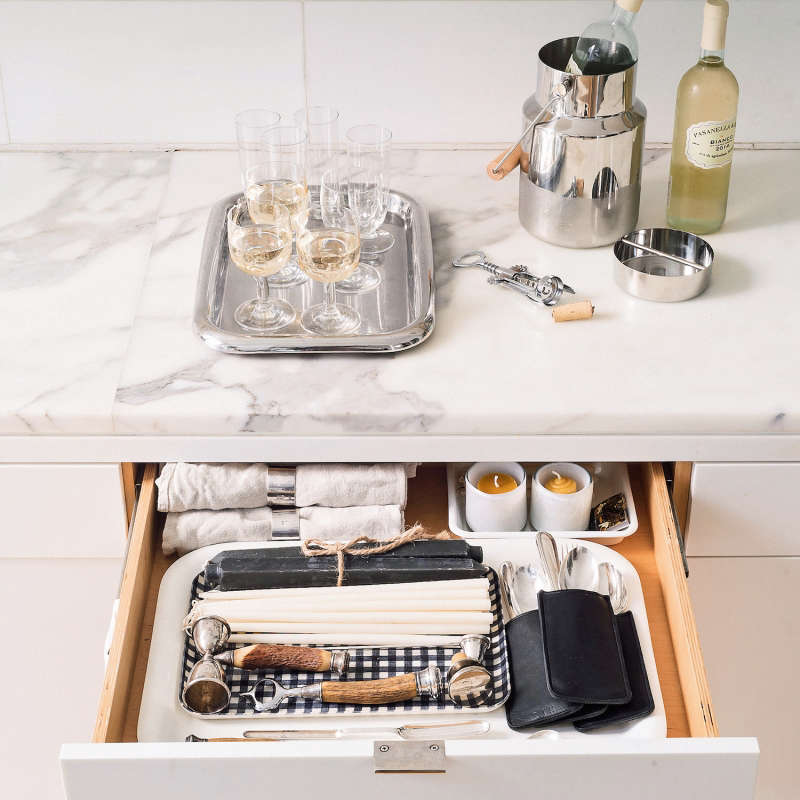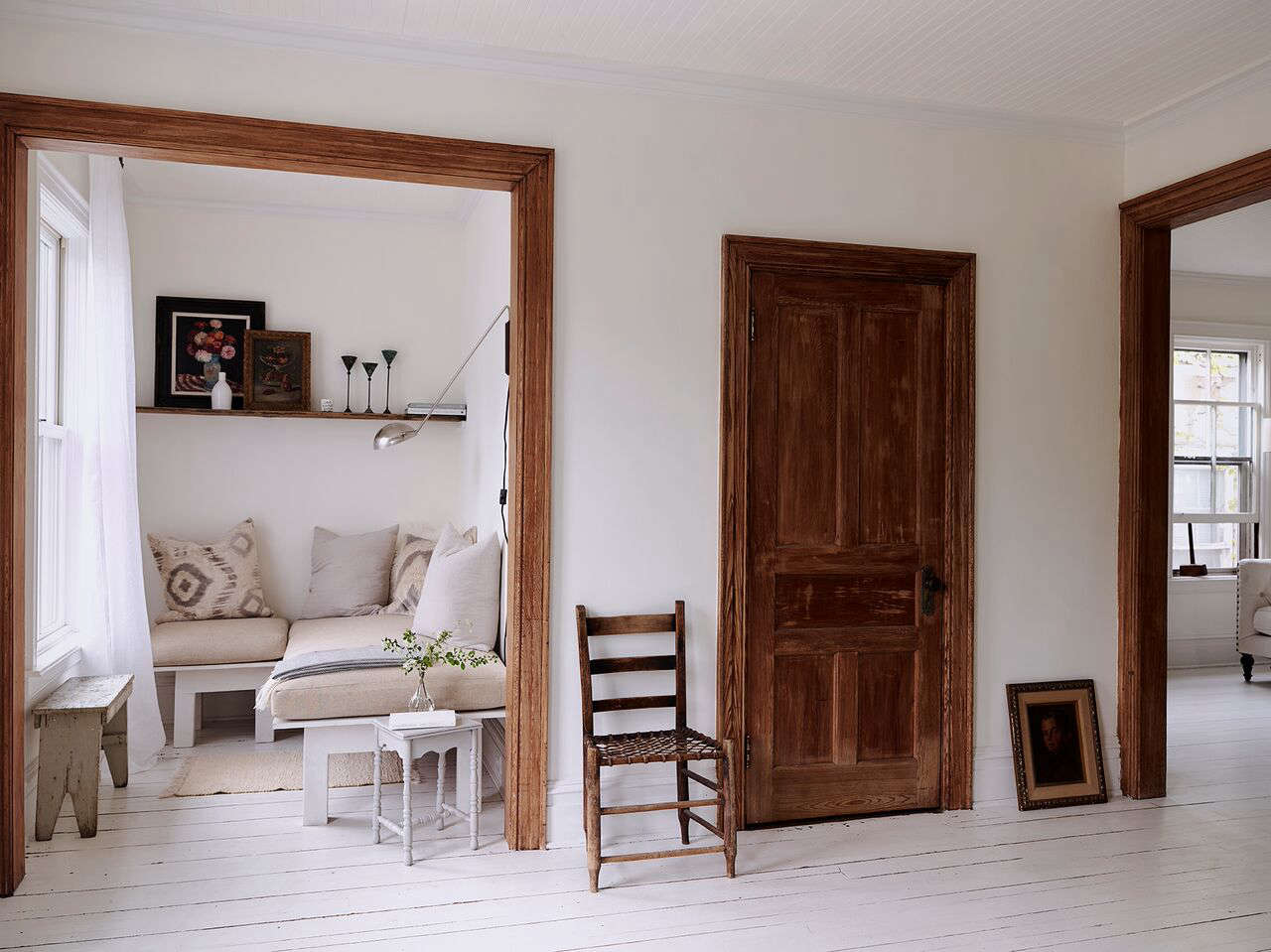The possibilities for one-minute impulse purchases abound these days: a download of the latest Oscar-winning movie, an Uber to get you home fast, a pint of ice cream delivered to your front door, gifts and goods of all kinds. Want it? Click—it’s yours. But as Lynne Twist says in her book The Soul of Money: Reclaiming the Wealth of Our Inner Resources, “When you let go of trying to get more of what you don’t really need, it frees up oceans of energy to make a difference with what you have.”
Here, seven tips for becoming a more thoughtful, mindful—and yes, patient—consumer.
1. Just wait.

In an article in Newsweek, economist William Dickens of Northeastern University explains that human beings value current happiness over future happiness. In fact, we may even be hard-wired to do so. How can we override our built-in urge for instant gratification? With patience. My own personal strategy is to pin things I’m admiring onto a Pinterest board for later, which could mean a week, a month, or more, and then revisit. Do I still want it? And, more importantly, do I really need it? Research shows that dopamine—one of the brain’s feel-good chemicals—actually gets released in anticipation of a purchase, perhaps even more than during the actual buying experience itself. So go ahead: window shop, pin it, bookmark it, share it on Facebook, or rip out the magazine page—have fun with the fantasy, but stop there.
2. Is it a want or a need?

Before making the purchase, think hard about why you need it. Also, consider: Is it beautiful? Is it useful? Will it enhance your life in some way? Do you have space for it in your house? If not, forget it.
3. Do your homework and look for deals.
If you’ve passed the waiting period and absolutely have to have it, take the extra steps to find the best deal. Websites like Dealcatcher and Pricegrabber offer coupons and sale tips, and the app Yowza will alert you to deals in your geographic area.
And, see our post Expert Advice: 12 Insider Tips for Sourcing Antiques and Vintage Online for a few online shopping tips and tricks.
4. Set limitations.

Retailers are savvy about the brain science of shopping and know just how to tempt you with compelling displays, sleek packaging, alluring deals, and well-lit changing rooms with flattering mirrors. (In his book Predictably Irrational, economist Dan Ariely explains that we can become attached to things by simply trying them on or even imagining ourselves using them.) Leave your credit cards at home on days you know you might cruise by a favorite boutique. Even better, set “no spend” months or go an a “financial cleanse.” For one month, consider stretching yourself to a limit of $250 beyond your grocery bill for a family of four, for example. Turn it into a family tradition and get creative in the hunt for free entertainment and easy recipes.
5. Think about the full life cycle of the product.

Pause before swiping the credit card and imagine the (most likely huge amount of) time and effort it will take to own this item over its lifetime: Where will you put it? What will you get rid of to make room for it? How will you dispose of the packaging it comes in? How much effort will it take to store, clean, and maintain this item? How long will it last? And later, when you’re no longer using it, how much effort will it take to sell it? Write all of this down, and you might reconsider before bringing home another tempting glass vase or household objet.
6. Track it–use an app to help you manage your spending.

The best way to curb unwanted behavior is to notice it and keep track of it in the first place. The Level Money app is a pretty genius little tool that doesn’t involve updating a spreadsheet. This “real-time money meter” links to your bank account. After calculating total income, recurring bills, and recommended savings each month, it will track a simple “spendable” balance for the day, week, or month. After you snag your morning coffee and breakfast, it will update your remaining spending balance for the day. Another app, Good Budget, uses the envelope budgeting method, and sites like Mint, Pearbudget, and Manilla can also help you get a handle on your finances.
7. Remove yourself from temptation.

Unsubscribe from catalogs and shopping newsletters and stay local. Shopping feels good because it taps into the brain’s reward channels and provides a temporary “high.” This feel-good sensation comes from the dopamine released when we experience something new, challenging, or exciting (bedroom makeover, anyone?). Attempting to curb a spending spree? Keep it local and keep it boring. Warning for frequent travelers: Indiana University professor Ruth Engs, who studies shopping addiction, explains that people tend to buy more in new surroundings, outside of their regular communities.
Thinking of living with less—much less? Have a look at A Beginner’s Guide to Zero-Waste Living: 10 Tips from Lauren Singer. And for little life improvements, see:
- 10 Secrets for a Better Night’s Sleep
- 10 Ways to Declutter Your Tech Experience
- Happier at Home: 8 Tips on How to Go Paperless
N.B.: This post is an update; the original story ran on March 28, 2014.






Have a Question or Comment About This Post?
Join the conversation (9)